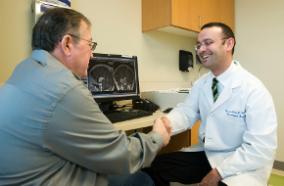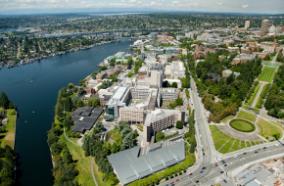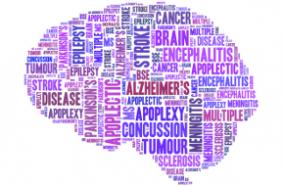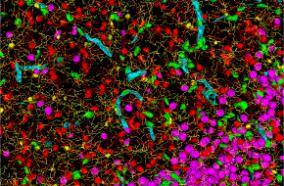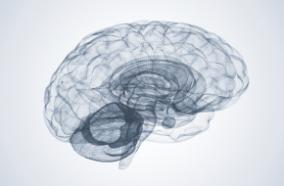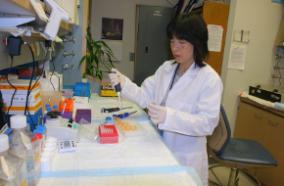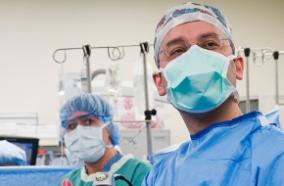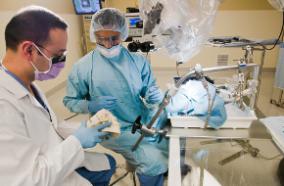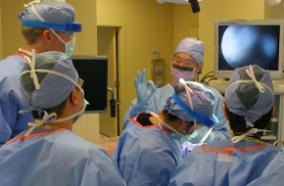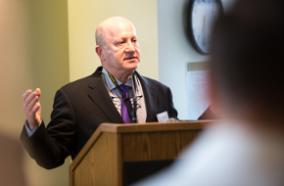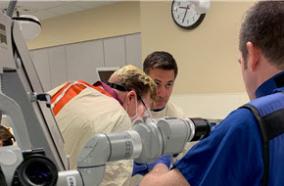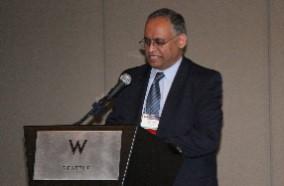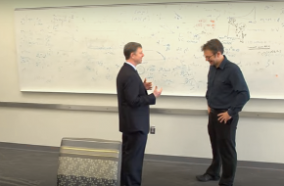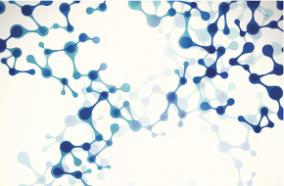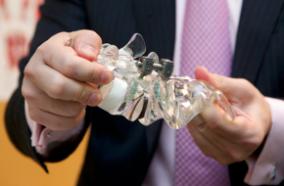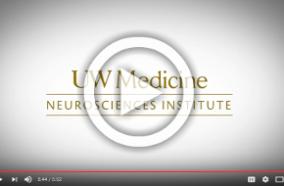Aneurysmal SAH is a devastating form of stroke that that affects roughly 30,000 people in the United States every year. DCI is the leading treatable cause of poor outcome after aneurysmal SAH, resulting in death or disability in 30% of all SAH patients. Capillary pericytes are contractile cells that line brain capillaries, and their aberrant contraction can lead to impairment of capillary perfusion and overall cerebral blood flow in conditions such as acute, ischemic stroke, and have been implicated in the pathophysiology of DCI. However, a clearly defined mechanism of pericyte involvement in DCI does not exist. Understanding the connection between pericyte contraction and impaired microvascular perfusion after aneurysmal SAH will improve the understanding of DCI as well as identify possible diagnostic or therapeutic targets. I seek to understand whether pericyte contraction can be alleviated pharmacologically, and whether pericytes contract in response to blood in the subarachnoid space. I hypothesize that pericyte contraction occurs after aneurysm rupture, which contributes to the formation of microvascular thrombi after SAH. I also hypothesize that pericyte contraction can be alleviated pharmacologically with drugs used to treat SAH to improve neurological outcome.
Sponsor: AANS Robert J. Dempsey, MD Cerebrovascular Award

